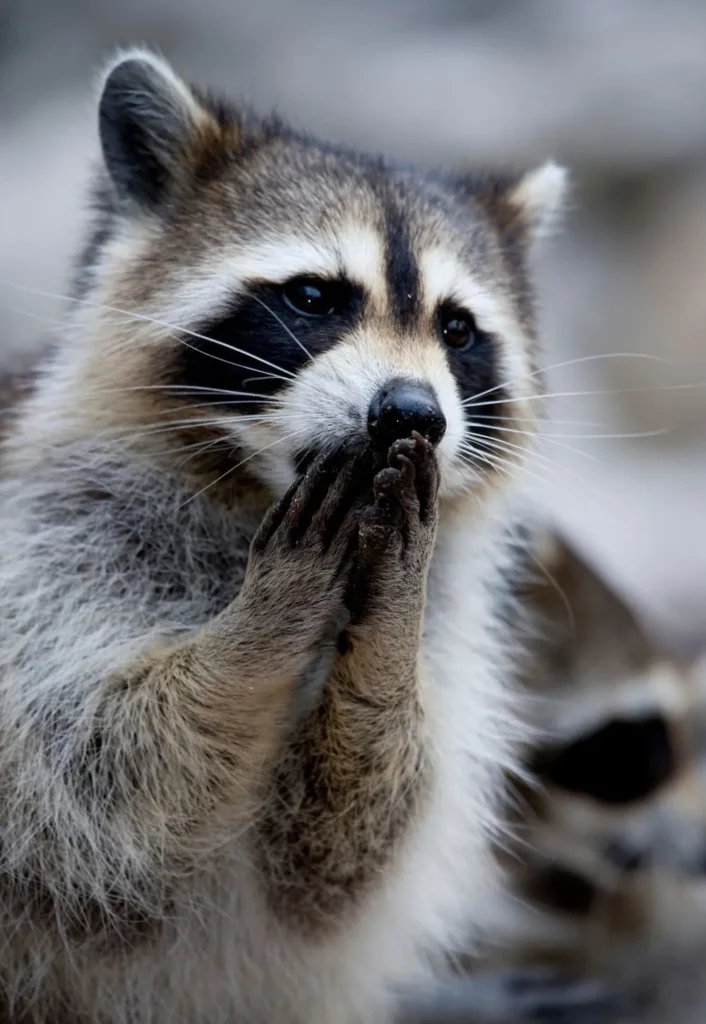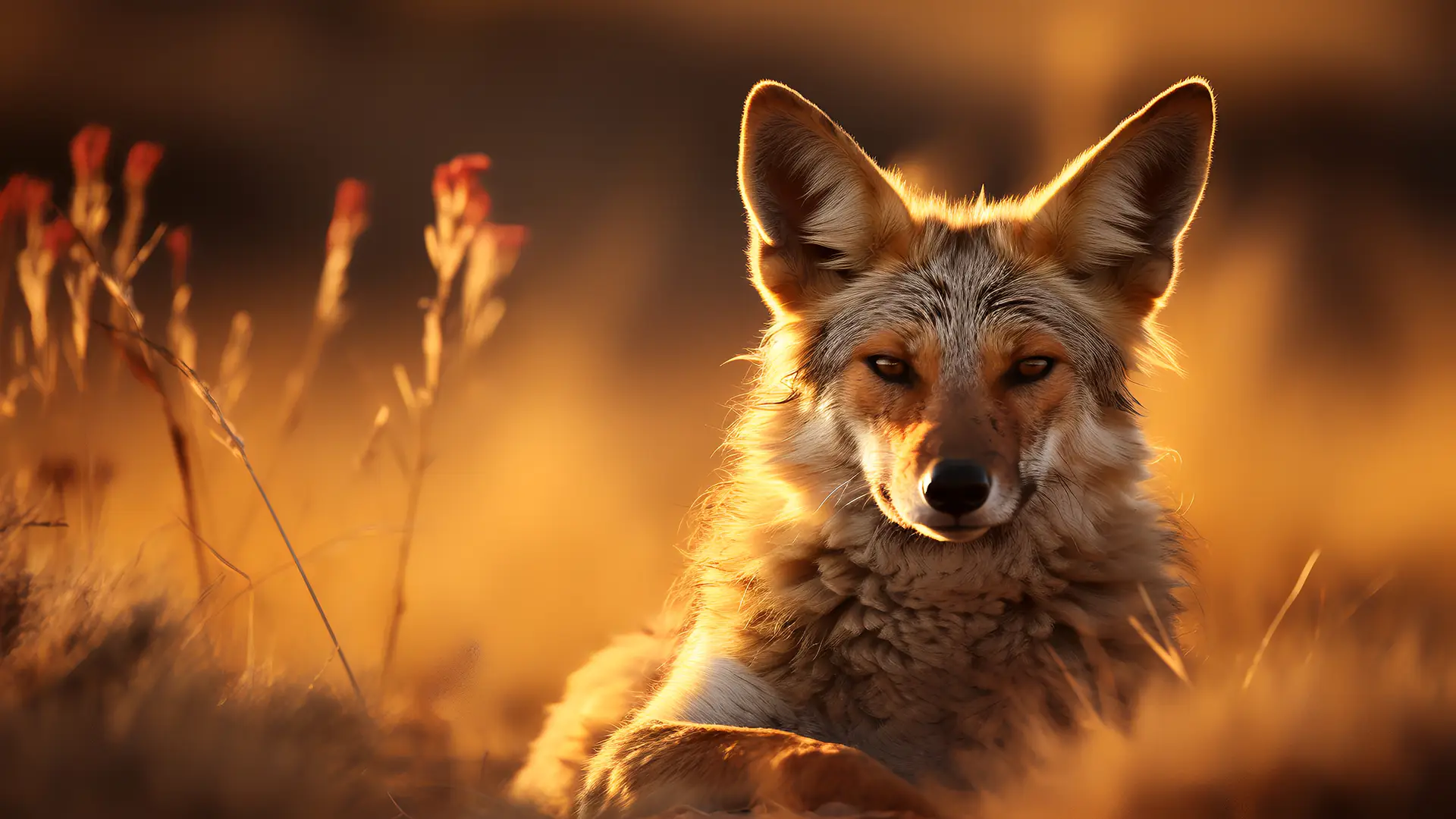Wild Visitors, Hidden Hazards
When Your Backyard Becomes a Hidden Frontline in the Battle for Health
On a cool autumn evening, Maria looked out through her kitchen window and spotted a raccoon rifling through her trash bins. Nothing about the scene seemed alarming — until she later learned what that presence could mean for her family’s health.
That raccoon, like so many in suburban neighborhoods, was quietly leaving behind more than paw prints. In its droppings lies a danger few
homeowners consider: Baylisascaris procyonis, the raccoon roundworm.

The Invisible Threat You Never See
Raccoons infected with Baylisascaris can excrete millions of parasite eggs in their feces. These eggs are not immediately dangerous, but within 2–4 weeks they mature and become infectious, and they can survive in the soil for years under favorable conditions. Public Health +3CDC+3BC Centre for Disease Control+3
While human infections are rare, when they do occur, they can be devastating. The parasite’s larvae migrate through tissues — sometimes reaching the brain or eyes, causing neurological damage, blindness, or fatal outcomes. CDC+2BC Medical Journal+2 Less than 25 human cases have been documented in the U.S., but one misstep can carry high stakes. Cwhl.vet.cornell.edu+1.
From Wildlife to Your Yard:
The Path of Contamination
Raccoon latrines (communal defecation sites) are hotspots for Baylisascaris eggs. These sites can be found at the base of trees, on logs, roofs, decks, or other flat surfaces. CDC+1
- A single latrine can remain infective for months or years if not properly cleaned. CDC+2BC Medical Journal+2
- Children, especially those who play outdoors or are prone to hand-to-mouth activity, are at the greatest risk for accidental ingestion of contaminated soil or objects. cwhl.vet.cornell.edu+2BC Medical Journal+2
- Other wild animals (e.g., deer, coyotes) also contribute to pathogen spread. A 2024 study observed that urban coyote scat is linked to zoonotic disease exposure in city environments. Frontiers
- In short, your yard may look tranquil — but lurking beneath its beauty could be a biological minefield.

How Yard Waste Warrior Steps In
At Yard Waste Warrior, we don’t just assume your yard is safe. We act with purpose:
Why This Matters to Your Family
Imagine children playing barefoot in the grass, dogs sniffing every corner, friends over for a garden party. Invisible threats like Baylisascaris don’t care about lawn aesthetics — they only care about proximity to hosts and unsuspecting families. Raccoon roundworm is among the most serious wildlife-related risks you may never see. But by intervening — preemptively and effectively — you transform your yard from a potential danger zone into a safe haven.
1.Surveillance: We identify potential latrines and wildlife activity zones.
2. Safe Removal: We remove waste using protective protocols, including gloves, masks, and containment measures.
3. Eco-Sanitization: We apply treatments to soil and hard surfaces to eliminate residual pathogens.
4. Prevention Guidance: We educate clients on how to discourage wildlife from visiting (secure trash bins, remove food attractants, seal potential entries).
